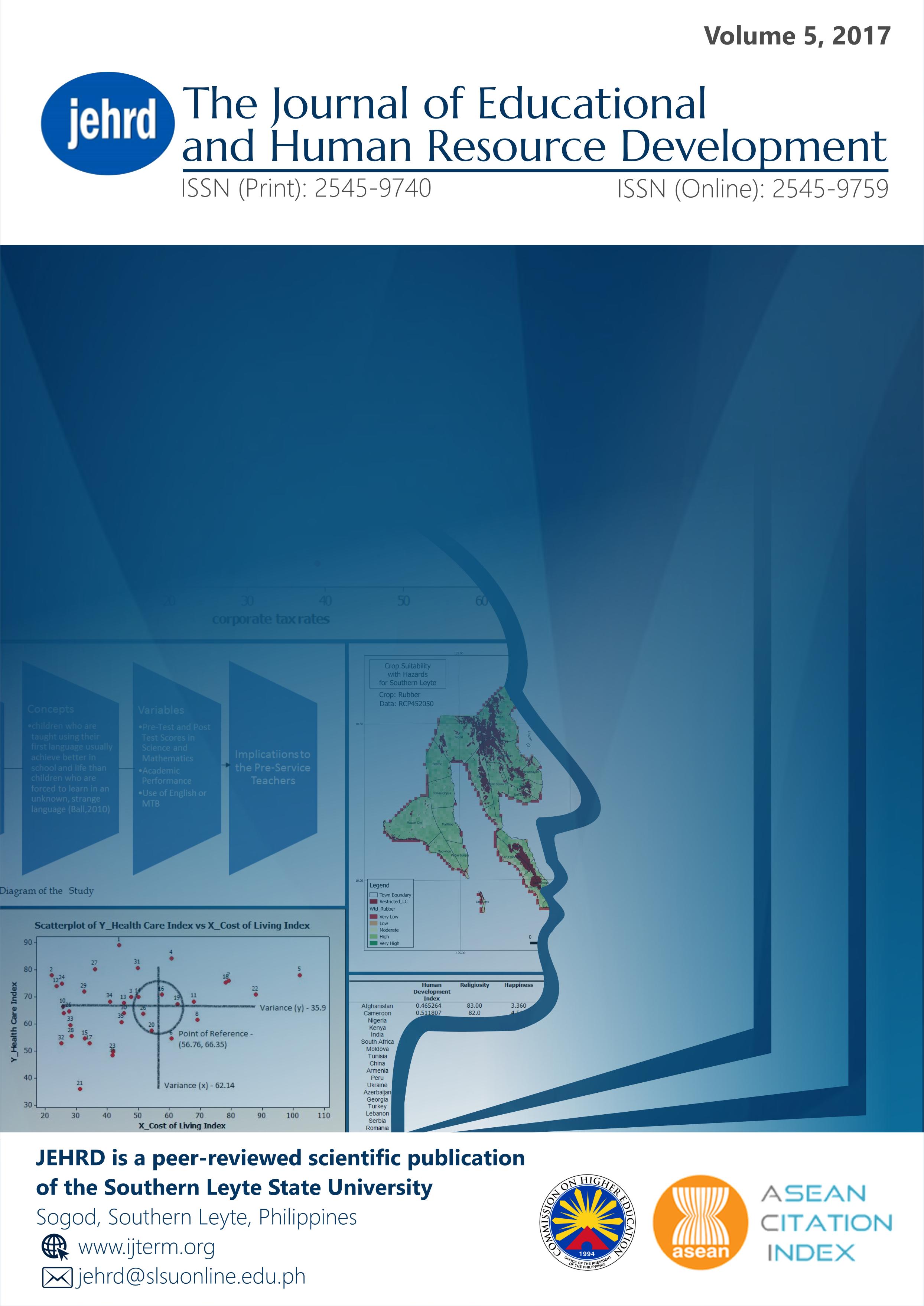Mapping the Suitability of Planting Rubber Tree under Different Climatic Conditions
DOI:
https://doi.org/10.61569/cj2c9b23Keywords:
Cultivation, environmental sciences, geophysical hazards, investmentAbstract
The paper maps the suitability of planting rubber tree in the province of Southern Leyte using different planting requirements under four types of climatic conditions through Quantum Geographic Information System or QGIS. Furthermore, this study tries to determine the size of areas in the province suitable for planting rubber tree under the four conditions and to determine if there are significant variations. The use of QGIS in mapping the suitability and determining the size of the areas of the different suitability categories under various climatic conditions provided a clear picture of the fitness of planting rubber trees in the province. Analysis of variance was used to determine if there are significant differences in size of areas suitable for farming rubber tree under different climatic conditions. Results showed that the size of areas under different suitability categories significantly differed. Further, the size of the areas under different suitability categories also considerably varied under various climatic conditions where the more significant change is seen with the inclusion of flooding and landslide into the mapping. This study concluded that rubber tree cultivation in Southern Leyte is affected by different climatic conditions but most significantly by natural hazards like flooding and landslide.
Downloads
Published
Issue
Section
License

This work is licensed under a Creative Commons Attribution 4.0 International License.
This is an open access article distributed in accordance with the Creative Commons Attribution 4.0 Unported (CC BY 4.0) license, which permits others to copy, redistribute, remix, transform and build upon this work for any purpose, provided the original work is properly cited, a link to the license is given, and indication of whether changes were made. See: Creative Commons Attributions 4.0 International License.








